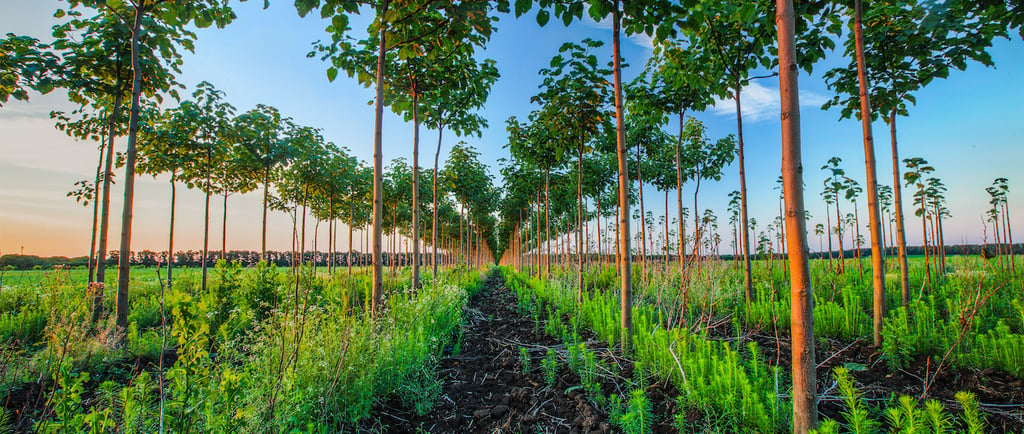Planting paulownias: Our experience
4/17/20241 min read


Where and how to plant paulownias?
You could compare paulownias to top-level athletes: they function optimally under fairly precise conditions and have an accelerated metabolism.
Like all trees (but in greater proportions for paulownias), they require 4 elements: light, water, nutrients and oxygen.
Think of your paulownias as solar collectors; avoid shady sites and sunshades. A tree that doesn't get enough light will favour height at the expense of diameter, which can cause problems and drastically limit the value of the wood. Planting density also has an impact on access to light.
Water is essential in the first few years if you want to produce quality wood. The paulownia must grow sufficiently to form a log that will provide beautiful planks. Paulownia has a very low water consumption in relation to the volume of biomass it produces, but for optimum growth, it's important to reproduce the climatic conditions of its endemic zone (tropical rainfall in South-East Asia).
Nutrients can be found in the soil, if rich in organic matter, or supplied directly to the tree; prefer organic fertilizers, and beware of excess nitrogen.
Oxygen is crucial; it is supplied both by the leaves and by the roots. A tree whose roots are saturated with water for more than 3 days is likely to suffocate. At all costs, avoid flood-prone or hydromorphic soils, or soils that retain water (predominantly clay).
agroforestry: a sustainable approach to the coexistence of trees and crops
Agroforestry is the practice of integrating trees into agricultural systems. It offers numerous advantages, both for the environment and for farmers. By combining trees and crops on the same plot, agroforestry promotes biological diversity, improves soil fertility, protects against erosion and extreme climatic events (heat waves, storms), thereby limiting yield losses and opening up new economic opportunities.
Contacts
Keep up to date with our developments and new products
Follow us on
